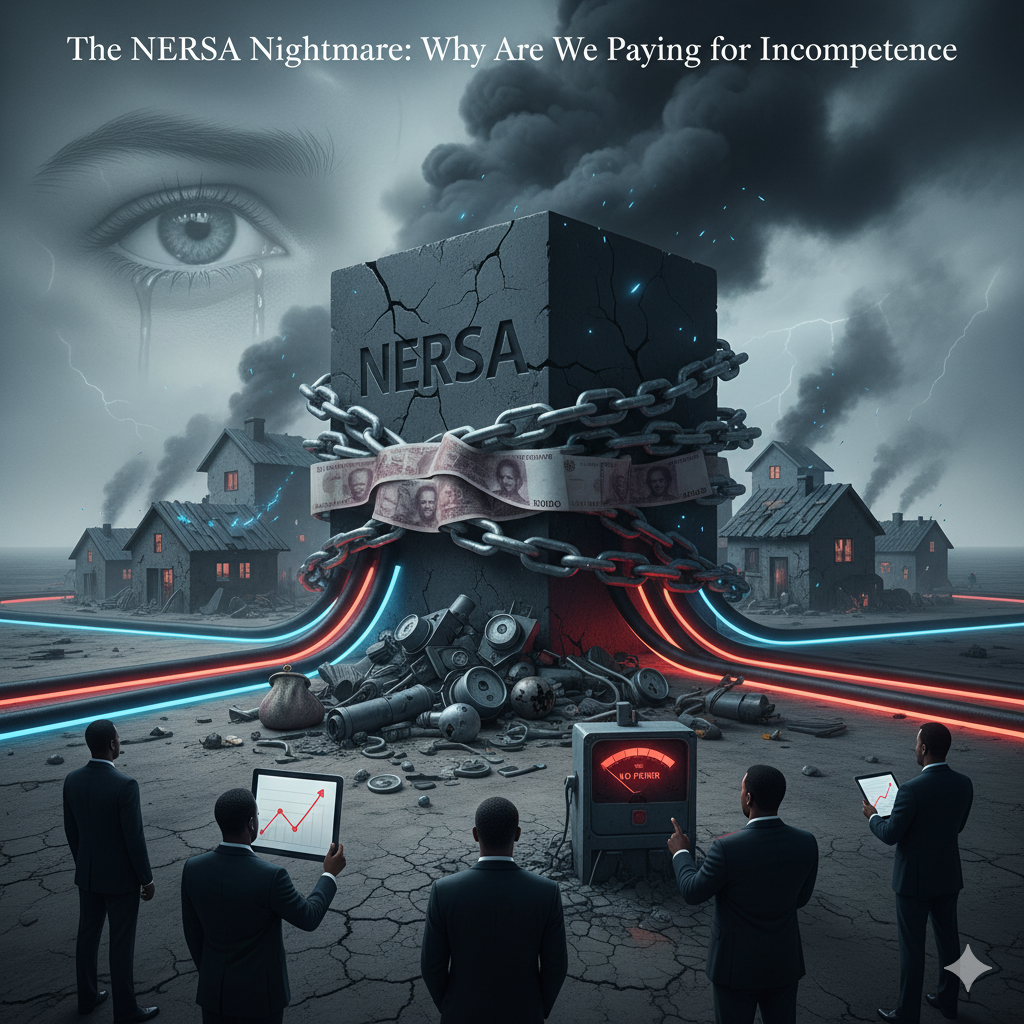NERSA has once again proven its incompetence—ignoring critical warnings, losing court battles, and forcing consumers to pay billions for technical losses that stem directly from poor power quality. Instead of protecting the public, the regulator has become a liability, wasting taxpayer money while unbalanced networks quietly destroy our equipment and drain our economy. The question is unavoidable: why are we funding failure instead of demanding accountability?
Tag Archives: Energy Efficiency
Energy efficiency refers to using less energy to perform the same tasks, reducing energy waste and lowering costs. It involves optimizing systems, upgrading equipment, and adopting smarter practices to achieve greater performance while conserving resources. This not only helps businesses save money but also contributes to environmental sustainability.
Future-proofing the workforce means more than adopting new technologies—it requires empowering employees with the skills, confidence, and adaptability to thrive in the digital age. By investing in continuous learning, fostering innovation, and creating inclusive environments, organizations can unlock human potential while navigating rapid change. The companies that succeed will be those that treat digital transformation not as a threat, but as an opportunity to elevate their people.
As renewable energy expands, power quality can no longer be treated as a technical afterthought—it must be a government priority. Poorly managed integration leads to instability, hidden costs, and reduced reliability across the grid. By enforcing stricter standards, investing in monitoring, and aligning policy with engineering realities, governments can ensure that renewables deliver not just clean energy, but dependable power that strengthens economies and communities.
Investigating poor power quality requires more than surface-level checks—it demands a consultant’s disciplined approach. By analyzing voltage stability, harmonics, and load imbalances, experts uncover the hidden causes of inefficiency and equipment failure. A structured methodology not only identifies risks but also provides actionable solutions that improve reliability, reduce costs, and strengthen the resilience of the entire power network.
Improving power quality is more than a technical upgrade—it’s the foundation of sustainability and efficiency. Poor quality erodes equipment, inflates costs, and undermines reliability, while high-quality power enables smarter grids, longer asset lifecycles, and reduced environmental impact. By prioritizing monitoring, standards, and proactive management, organizations and governments can unlock cleaner, more dependable energy that drives both economic growth and long-term resilience.
Power quality directly impacts your bottom line—poor quality erodes equipment, drives up maintenance costs, and disrupts operations. High-quality power, on the other hand, ensures efficiency, reliability, and longer asset lifecycles. By investing in monitoring and proactive management, businesses can reduce hidden losses, improve productivity, and secure a competitive edge in today’s energy-intensive economy.
Unbalanced power networks are more than a technical nuisance—they erode efficiency, shorten equipment lifespans, and inflate operating costs. Understanding power quality is essential for identifying hidden risks such as voltage fluctuations, harmonics, and load imbalances. By prioritizing monitoring and corrective strategies, organizations can improve reliability, reduce downtime, and ensure that their energy systems support both sustainability and long-term profitability.





